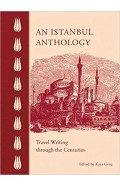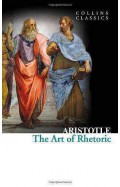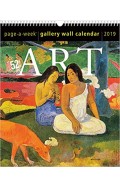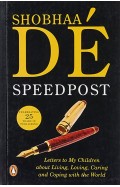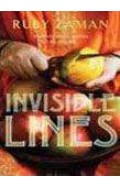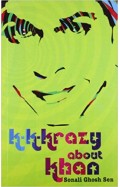- Home
- Sale
- 11.11 Sale UPTO 90% OFF
- 55% OFF
- Art of the Twentieth Century and Beyond Movements Theories, Schools and Tendencies
Art of the Twentieth Century and Beyond Movements Theories, Schools and Tendencies
By: Loredana Parmesani
-
Rs 2,787.75
- Rs 6,195.00
- 55%
You save Rs 3,407.25.
Due to constant currency fluctuation, prices are subject to change with or without notice.
The new, updated edition of the Skira best-seller on twentieth-century art. This handy manual is for those who wish to understand what art was in the last century and what it represents today. The book, whose structure is essential and synthetic, aims to divulge the pleasure of art to those who have never delved beyond its surface, and above all to describe how it has become spectacle and performance in recent years. Following an analysis of the theories and poetics that tempestuously traversed the historical avant-gardes and the neo-avant-gardes of the twentieth century and contributed to their extraordinary vitality, the author focuses on and explains the principal artistic phenomena that, starting in 1980, marked the period defined as post-modern, which was characterised by performance and a system of economic-financial art. The last chapter describes the arrival of postmodern up to its possible decline, marked by the social events of 2007 that, by abandoning the special effects of immateriality, has headed in a direction that is more tangible, worldly and concrete.
| Book | |
| What's in the Box? | 1 x Art of the Twentieth Century and Beyond Movements Theories, Schools and Tendencies |
The new, updated edition of the Skira best-seller on twentieth-century art. This handy manual is for those who wish to understand what art was in the last century and what it represents today. The book, whose structure is essential and synthetic, aims to divulge the pleasure of art to those who have never delved beyond its surface, and above all to describe how it has become spectacle and performance in recent years. Following an analysis of the theories and poetics that tempestuously traversed the historical avant-gardes and the neo-avant-gardes of the twentieth century and contributed to their extraordinary vitality, the author focuses on and explains the principal artistic phenomena that, starting in 1980, marked the period defined as post-modern, which was characterised by performance and a system of economic-financial art. The last chapter describes the arrival of postmodern up to its possible decline, marked by the social events of 2007 that, by abandoning the special effects of immateriality, has headed in a direction that is more tangible, worldly and concrete.
Art of the Twentieth Century and Beyond Movements Theories, Schools and Tendencies
By: Loredana Parmesani
Rs 2,787.75 Rs 6,195.00 Ex Tax :Rs 2,787.75
Zubin Mehta: A Musical Journey (An Authorized Biography)
By: VOID - Bakhtiar K. Dadabhoy
Rs 472.50 Rs 1,050.00 Ex Tax :Rs 472.50
An Istanbul Anthology: Travel Writing Through the Centuries
By: Kaya Genç
Rs 1,166.75 Rs 1,795.00 Ex Tax :Rs 1,166.75
Bruegel: Masters of Art (Masters of Art (Prestel))
By: William Dello Russo
Rs 906.75 Rs 1,395.00 Ex Tax :Rs 906.75
Art Gallery Wall Page-A-Week Gallery Wall Calendar 2019
By: Workman Publishing
Rs 2,747.25 Rs 4,995.00 Ex Tax :Rs 2,747.25
Harry Potter: The Dark Arts Tiny Book
By: Insight Editions
Rs 2,471.25 Rs 3,295.00 Ex Tax :Rs 2,471.25
Manning Up: How the Rise of Women Has Turned Men into Boys
By: Kay Hymowitz
Rs 646.75 Rs 995.00 Ex Tax :Rs 646.75
An Istanbul Anthology: Travel Writing Through the Centuries
By: Kaya Genç
Rs 1,166.75 Rs 1,795.00 Ex Tax :Rs 1,166.75
Bruegel: Masters of Art (Masters of Art (Prestel))
By: William Dello Russo
Rs 906.75 Rs 1,395.00 Ex Tax :Rs 906.75
Art Gallery Wall Page-A-Week Gallery Wall Calendar 2019
By: Workman Publishing
Rs 2,747.25 Rs 4,995.00 Ex Tax :Rs 2,747.25
Harry Potter: The Dark Arts Tiny Book
By: Insight Editions
Rs 2,471.25 Rs 3,295.00 Ex Tax :Rs 2,471.25
No recently viewed books available at the moment.
Zubin Mehta: A Musical Journey (An Authorized Biography)
By: VOID - Bakhtiar K. Dadabhoy
Rs 472.50 Rs 1,050.00 Ex Tax :Rs 472.50
Art of the Twentieth Century and Beyond Movements Theories, Schools and Tendencies
By: Loredana Parmesani
Rs 2,787.75 Rs 6,195.00 Ex Tax :Rs 2,787.75
An Istanbul Anthology: Travel Writing Through the Centuries
By: Kaya Genç
Rs 1,166.75 Rs 1,795.00 Ex Tax :Rs 1,166.75
Bruegel: Masters of Art (Masters of Art (Prestel))
By: William Dello Russo
Rs 906.75 Rs 1,395.00 Ex Tax :Rs 906.75
Art Gallery Wall Page-A-Week Gallery Wall Calendar 2019
By: Workman Publishing
Rs 2,747.25 Rs 4,995.00 Ex Tax :Rs 2,747.25
Harry Potter: The Dark Arts Tiny Book
By: Insight Editions
Rs 2,471.25 Rs 3,295.00 Ex Tax :Rs 2,471.25












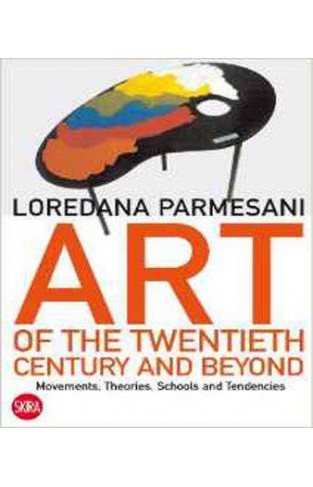
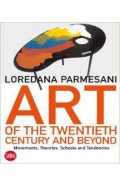
-120x187.jpg?q6)





